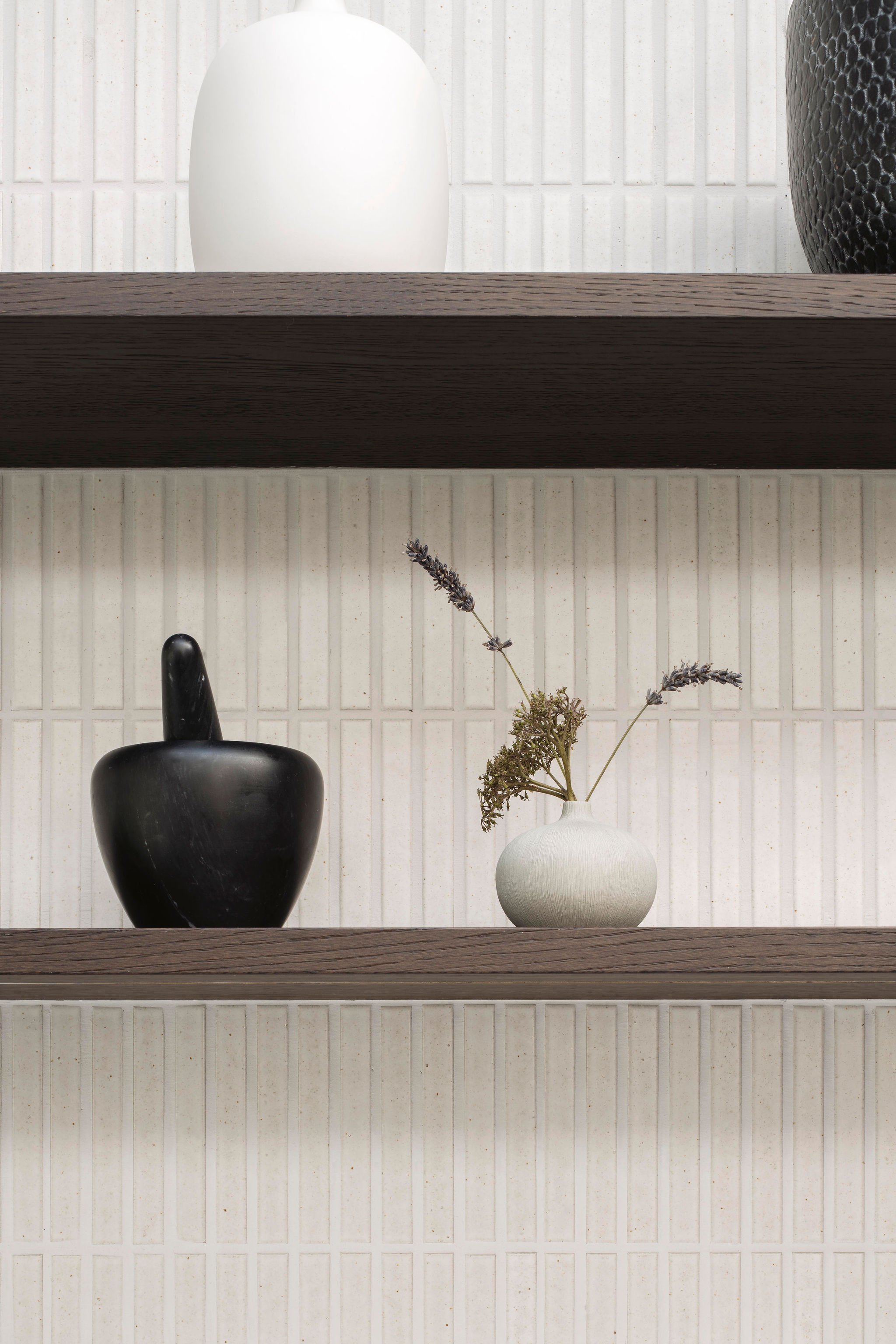Working with an Architect
As an RIAI Registered Practice, we guide you through every stage of your building project, ensuring your home's full potential is realised.
What Architects do
01. Development of the Project Brief
The Brief
Meet with your Architect to discuss your requirements and aspirations. The information you provide for your Architect is called ‘The Brief’. A good starting point is to go through your existing home and make a list of what works and does not work for you. Consider whether potential adaptability and future-proofing of the design is important.
Project Parameters
Advise your Architect of your budget, time frame, sustainability and energy efficiency goals, health and well-being requirements, accessibility needs,
landscaping, and any other parameters or services you feel are important, as they will impact on the design. Agree a time plan, budget, roles, the best method of communication and the services you require with your Architect.
Evaluation of Performance
You may also consider carrying out an evaluation of your home before the design work begins, called a Pre-Occupancy Evaluation. This can identify what works and doesn’t work well in your home in terms of layout, function, thermal comfort, ventilation, indoor air quality and other health factors, daylight levels, energy consumption, embodied carbon already committed in the building fabric, amongst others.
Client / Architect Agreement
Your Architect will advise on the appropriate Client / Architect Agreement to be signed and will explain the relevant terms and conditions prior to signing. Time spent at this initial stage is invaluable, as this will form the basis for the development of your designs.
02. Initial Sketch Design
Survey
Surveys of your site (new build) or your existing home (extensions, renovations and retrofits) will be carried out. These surveys will form the basis for initial designs in the form of sketch designs.
Specialist Requirements
Your Registered Architect will advise on the need for the appointment of specialist consultants or services based on your project brief. They will advise on planning requirements, building regulations, and health & safety regulations.
Initial Design
Your Architect will develop an Initial Design in the form of sketch designs. Presentation tools your Architect may choose to use could include floor plans, elevations (views) and sections (cut-through), 3D visualisations, physical models and moodboards (where agreed as part of the service).
Sustainability and Energy Efficiency
Your Architect should be able to provide an initial evaluation of the sustainability benefits of different design options, based on size, orientation, building fabric, etc. This may include a preliminary evaluation of the outcome metrics of the RIAI 2030 Climate Challenge. Your Architect may advise on possible grant funding available.
03. Developed Design & Planning
Developed Design
Your Registered Architect will prepare further detailed drawings to develop the design, and incorporate requirements of planning, building regulations, and health & safety regulations. They will also evaluate the design from a sustainability perspective and ensure that the relevant measures are incorporated, and report on the performance outcome of agreed efficiency metrics. The input of any specialist consultants will be incorporated in these drawings. Further reviews may be undertaken to ensure the project is developing in accordance with the project brief, timelines and budgetary requirements. (Note: You cannot build from these drawings).
Planning Application
If planning permission is required, your architect will prepare the necessary drawings, documentation and reports in conjunction with the design team. They will make the application on your behalf and lodge with the relevant Planning Authority.
04. Detailed Design & Tender
Detailed Design
Your Registered Architect may need to incorporate statutory requirements and any changes as required under a grant of planning permission. A review of the project to ensure compliance with building regulations is advisable during detail design stage. The Architect will coordinate and manage the Detailed Design process, including the inputs of other consultants. This may include a further evaluation of the building performance outcomes and life-cycle costing. You may need to revisit relevant grant schemes discussed and ensure that you have submitted all relevant applications and supporting documentation.
05. Construction Stage
On Site
Your Architect will act as the administrator of the Building Contract between you and the contractor. They will provide advice on requirements for compliance with relevant statutory requirements (planning, building regulations and health and safety). During the construction stage, your Architect will inspect the building work at regular intervals to ensure that it is being carried out generally in accordance with the contract documents and statutory requirements. Your Architect will provide you with updates at regular intervals on the progress and quality of the work, and any issues which may arise on site. They will also act as the liaison point between the client and the contractor, and they will be the main point of contact for queries and decisions to be communicated between the client and the contractor. Your Architect will provide technical support to the contractor, and coordinate inputs required from other consultants. They will also issue certificates of payment due to the contractor, in conjunction with the Quantity Surveyor, if one has been appointed. Cashflow planning may be necessary, particularly with lender / grant requirements.


